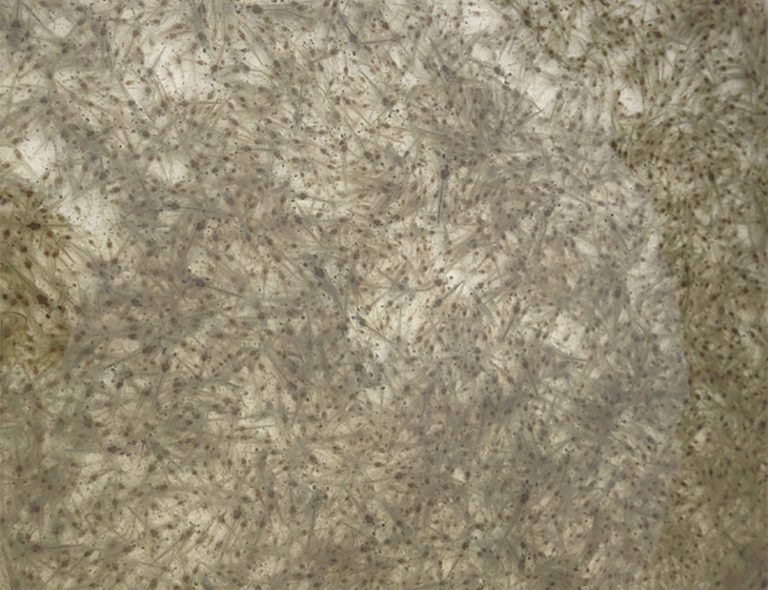
Aquafeeds
Use algorithms to calculate feed for Pacific white shrimp
Existing dynamic models applied to the growth of Pacific white shrimp can describe and predict feeding behavior to help farmers achieve maximum benefits.
Health & Welfare
Study results indicate that P. vannamei challenged with AHPND in biofloc had higher survival rates than shrimp challenged in clear water.

Aquafeeds
Existing dynamic models applied to the growth of Pacific white shrimp can describe and predict feeding behavior to help farmers achieve maximum benefits.

Health & Welfare
This study compared three types of RAS nurseries for shrimp: biofloc (BF), clear-water (CW), and hybrid RAS (HY). Results showed that differences between treatments in terms of shrimp survival, mean harvest weight, specific growth rate, and feed conversion ratio were not significant.

Health & Welfare
This study showed that the use of a hypersaline system for shrimp culture with minimal seawater replacement can produce results comparable to those obtained in marine or brackish shrimp farming systems.

Aquafeeds
Field trials evaluated inclusion levels of grain distillers dried yeast of 0 to 150 grams per kilo with excellent performance of shrimp during grow-out.

Health & Welfare
A study evaluated the production response of Pacific white shrimp fed diets containing increasing levels of grain distillers dry yeast in two growth trials.

Health & Welfare
This study evaluated the impact of feeding a commercial diet, top dressed with a commercial probiotic, to Pacific white shrimp in a biofloc-dominated tank system.

Health & Welfare
A series of experiments – including in vitro, in vivo and also field trials – investigated if a functional diet could reduce AHPND in Pacific white shrimp.

Health & Welfare
Study illustrates the range of salinity options for shrimp production in commercial-scale biofloc systems and found no significant differences in any shrimp production metric.

Health & Welfare
A study determined the zootechnical performance of Pacific white shrimp under different light regimes. Shrimp exposed to light had better zootechnical parameters than those with reduced or no exposure.

Aquafeeds
Results of this study show that automated feeding systems are significantly more efficient than hand feeding in shrimp production ponds and that increases in feed input, application of adaptive technology and training of people to maintain the feeding system must all be considered.

Health & Welfare
This study showed that a longer inoculation of probiotics will improve shrimp postlarvae growth and survival, and that a new technique developed for more accurately estimating postlarvae weight can significantly reduce the food that must be supplied.

Aquafeeds
Results of a study show that alternative, sustainable, plant-based protein sources such as improved soybean meal may potentially replace fishmeal in Pacific white shrimp diets.

Aquafeeds
Shrimp aquafeeds – live, fresh or formulated – should not be an entry point of potential pathogens to the shrimp and/or to their culture systems.

Responsibility
Inland shrimp culture has numerous advantages – improved biosecurity, lower cost of land and reduced conflicts with other users of common resources like land and water – and will continue to expand into new areas.

Aquafeeds
A study compared the bioavailability of crude protein and lipid from biofloc meals generated with an activated sludge system using two water sources: wastewater from shrimp experimental culture (BFL-W) and, artificially, using clean seawater (BFL-C).